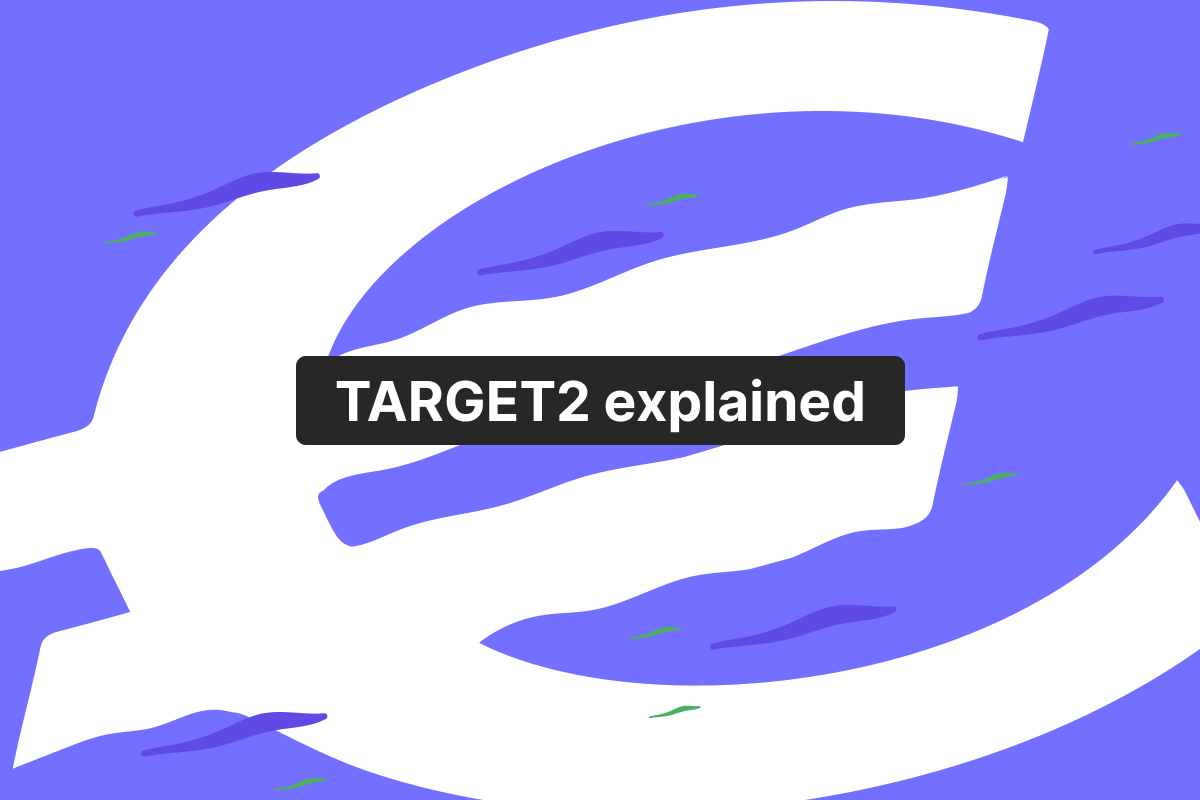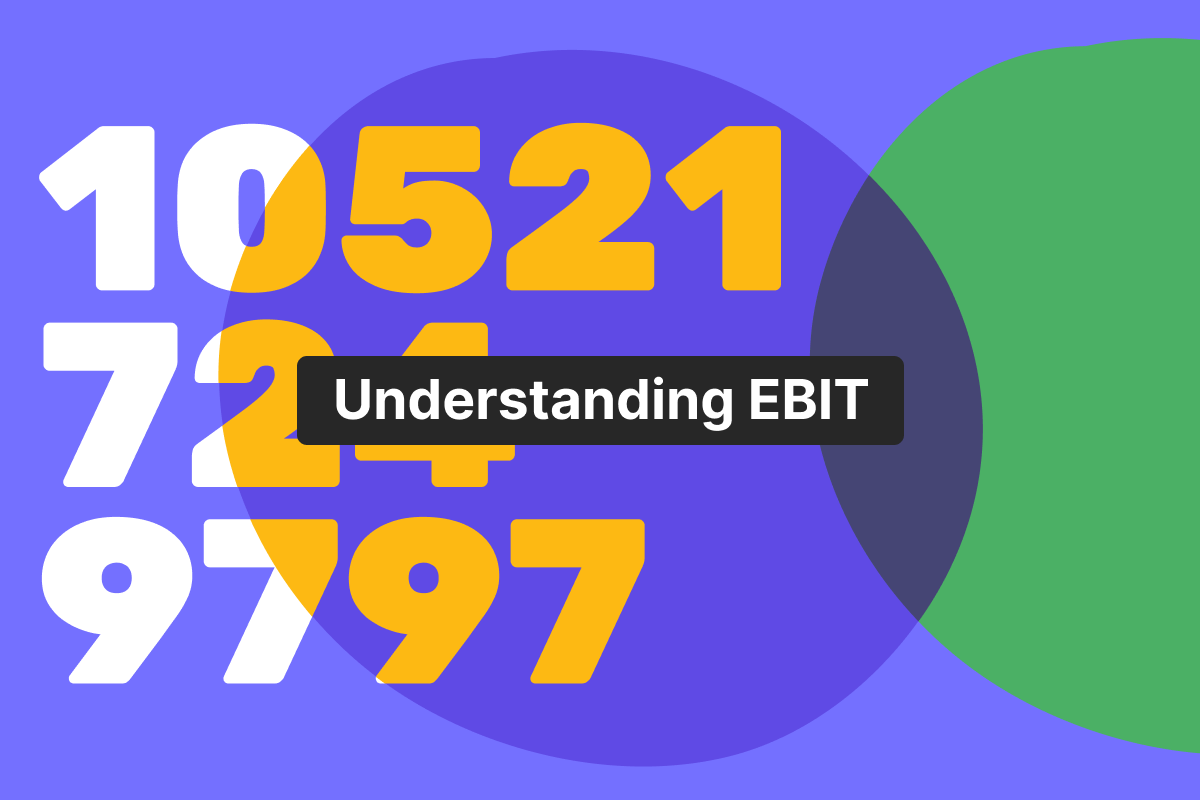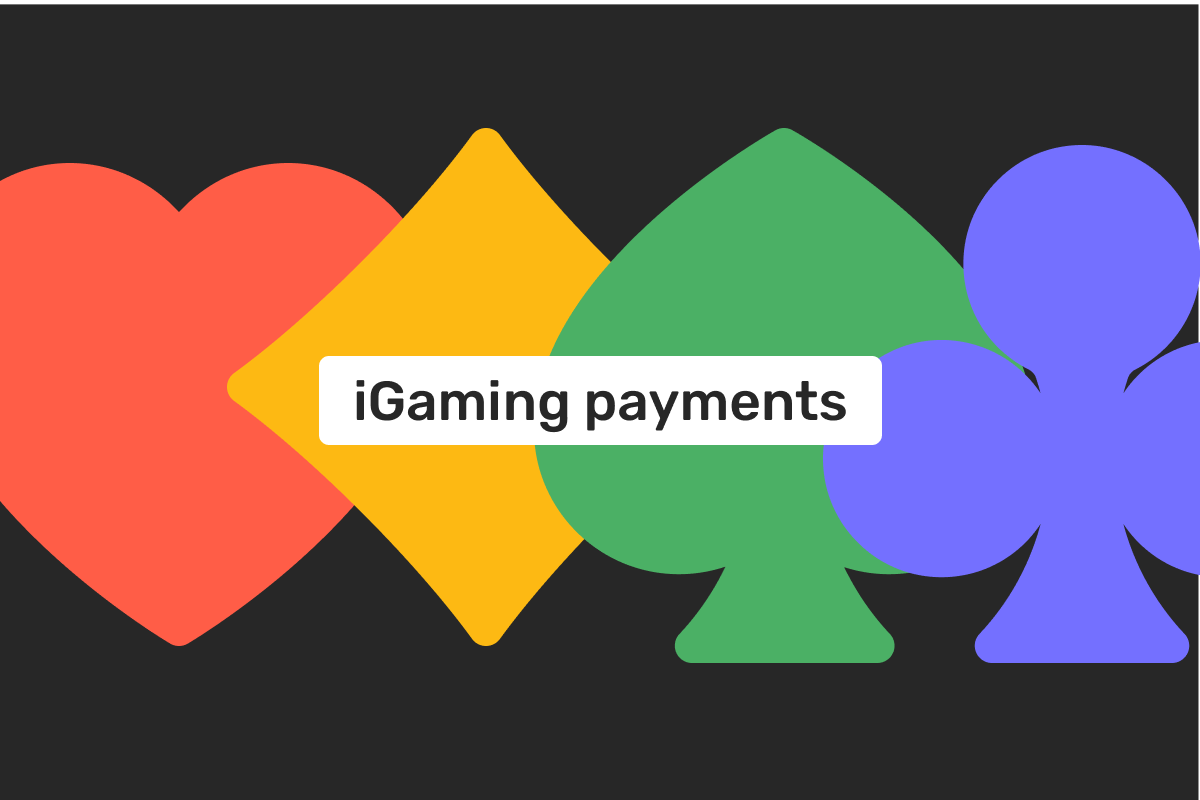Genome Blog / articles / Open Banking and its significance for financial services
Dec. 7, 2020
The concept of Open Banking is still very new, but is taking Europe and other parts of the world by storm. Though a lot of people heard about it, not all completely understand, what it entails, and how both businesses and customers can benefit from it. So let’s fill in the blanks with today’s article on the matter from Genome.
PSD2 and Open Banking
If you are familiar with Genome and fintech lingvo, chances are you have already heard about PSD2, which is a Revised Payment Services Directive, implemented in the European Union in January 2018. We’ve covered the topic before in this blog, where we’ve dived deeper into strong customer authentication (SCA) and its significance for merchants. If you need to know more about it, we advise you to check the article linked.
But SCA is only one part of PSD2, as the directive also encouraged the emergence of Open Banking.
Open banking is an initiative that allows broadening customers’ and companies’ usage of more types of financial institutions for a better banking experience. It is achieved by allowing Third-Party Providers (TPPs) securely access the financial data of traditional banks’ customers through application programming interfaces (APIs).
It might sound complicated at first, but Open Banking serves as a way for people and SMEs to discover more convenient and fluent ways to do banking, like using Fintechs and other tech companies. This initiative encourages to set a more competitive environment between brick-and-mortar and neobanks, which, in turn, will drive innovation and technological progress to the industry.
The thing is, your traditional bank might not always have all the instruments you require for seamless online banking, or other financial needs, like budget planning, credit risk assessment, account aggregation, etc.
Open Banking API
API is a set of protocols and tools, which are used for data exchange between traditional banks and Fintech companies.
We should also mention another term that goes hand in hand with Open Banking and APIs. It is Banking-as-a-Service (BaaS) – a process when TPPs use APIs to connect to traditional banks’ systems to deliver financial services.
Thanks to Banking-as-a-Service, it’s easier for brick-and-mortar and neobanks to collaborate, which is a good way to combine the best tools from both worlds. You can find out more about the difference between traditional and online banks, as well as their benefits, in this blog post.
Open banking regulation in other countries
Though PSD2 applies to the European Union and Great Britain, other countries around the world start implementing their versions of Open Banking, which only shows the idea behind it is substantial.
The US, Australia, Mexico, Japan, Singapore, India, Canada, New Zealand, and South Africa are among these countries.
Open Banking standard: pros and cons
Like any service, Open Banking has its benefits but still needs to address some challenges associated with it. With that said, let’s first point out the pros of Open Banking:
- The choice is yours. People and SMEs get to decide, which services are the most suitable for their banking preferences. It gives customers a new push to try out alternative and more relative ways to manage their finances, some will find lower fees at neobanks, others – more agile tools.
- The next level of doing banking. TPPs, which are a part of the Open Banking standard, offer a plethora of instruments not only for banking but other financial matters, like planning and keeping in check your taxes, comparing products to find the best deal, assessing credit risks, etc. This, in turn, will make people and companies more well-informed about how they can improve their financial situation, as well as about the industry as a whole.
- A dose of healthy competition. The acknowledgment and accommodation motivate Fintech businesses to broaden and better their services. The same can be said about traditional banks, which have to finally face the digitalization demand to rival neobanks. All in all, both cases are beneficial for clients.
Although Open Banking is one of the driving forces for innovation in the financial industry, there are still some problems it faces:
- The unknown territory. Open banking is still a very new concept, implemented in the EU only in 2018. Thus, not only many people and SMEs are unaware of its advantages, but some are also cautious of trying it out and sharing their data.
- Is it safe to proceed? One of the biggest concerns among customers is that Open Banking is prone to data breaches and may be targeted by hackers. It is a real thread, which all the parties taking part in processing clients’ personal information should consider and take safety precautions, so they don’t suffer money and reputation losses in case of a breach. To address the issue, the EU also introduced the General Data Protection Regulation (GDPR) in May of 2018. GDPR has a set of guidelines when it comes to the collection and processing of personal data, aimed at preventing fraud and information breaches. You can find out about the difference between PSD2 and GDPR in this article.
No matter the issues, the main focus of Open Banking is still pushing the innovation to improve customer services. And when it comes to Genome, we follow this strategy as well. We are an electronic money institution compliant with PSD2 and you can easily integrate our API on the website.
Genome makes any banking service easily accessible online, we offer personal, business, and merchant accounts*, and you onboard from the comfort of your home or office. As for security, our customers’ data is protected with Covery anti-fraud platform. We also recently launched a pre-order for virtual and physical debit cards and have multiple different services for personal and business needs, which you can learn more about at Genome’s website.
*Please note that Genome’s merchant services have been temporarily unavailable since September 2024.





